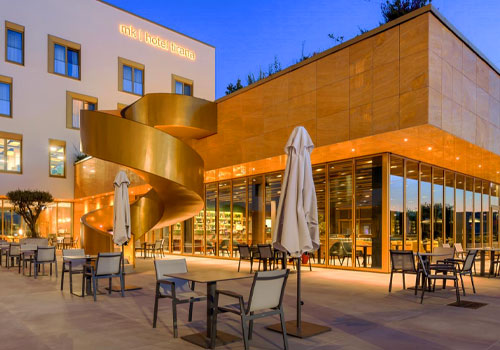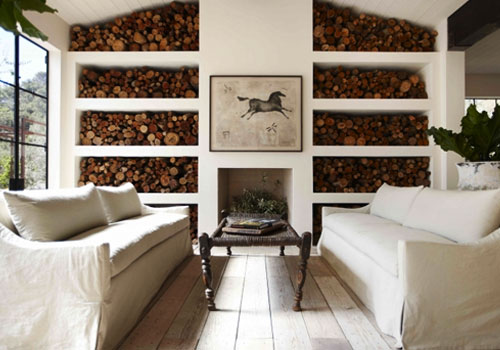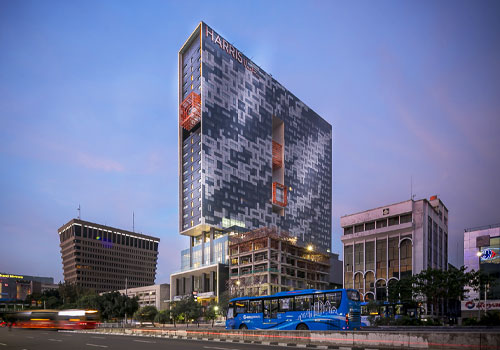ABOUT
Söl’ring Hof, a two‐Michelin‐starred restaurant at the most luxurious hotel on Sylt, ‘the
Hamptons of Germany’, commissioned interiors worthy of its new Michelin green star.
Completed March 2022, the renovation followed a brief to introduce contemporary details
and understated sophistication while respecting existing traditional elements and the
island’s legacy. The designers found synergy between the chef’s dedication to sustainable
seasonality and the restaurant’s idyllic location atop a grassy sea‐facing dune, where ripples
of sand echo the shape of oyster shells’ nacre age rings.
Rather than the original set‐up with better seats by the open kitchen and ones farther away
having limited views, the new 35‐seat layout encourages dynamic interaction thanks to a
new island with an innovative, oyster‐shape inspired design. Glazed white lava stone layers
with undulating curves direct diners’ attention to the open kitchen and the glazed lava stone
pass. Staging spots along the island display breakfast items or, at night, amuse‐bouches and
wine pairings for tasting menus. Guests interact with their culinary heroes through the
entertainment of delicacies being arranged from behind the counter.
Bespoke dark timber trays nestle perfectly within the island’s curves. These can be detached
for carrying morsels to diners’ tables and, for storage, positioned via magnets as backlit
“puzzle pieces” on the wall. Pendant lights throughout the restaurant mimic the island’s
rounded turns.
Custom contemporary dining chairs feature swivel mechanisms allowing an elegant way to
get in and out, while their seats’ extendable trays hold handbags or phones.
Bespoke gueridon trolleys store glass and cutlery selections tailored to specific menus,
allowing servers more time with guests rather than scurrying about to find items. Created
according to the head chef’s specifications, the new timber cheese trolley was crafted by a
luxury goods specialist that predominantly builds yachts.
Select details were retained, for example white wall tiles feature blue patterns related to the
historical thatched roof, so they remain in the rear area by the open kitchen. The entrance’s
new white wall tiles interpret the originals through embossed sea grass impressions.
Renewing the existing parquet timber floors was a sustainable choice that emphasises the
restaurant’s history.





